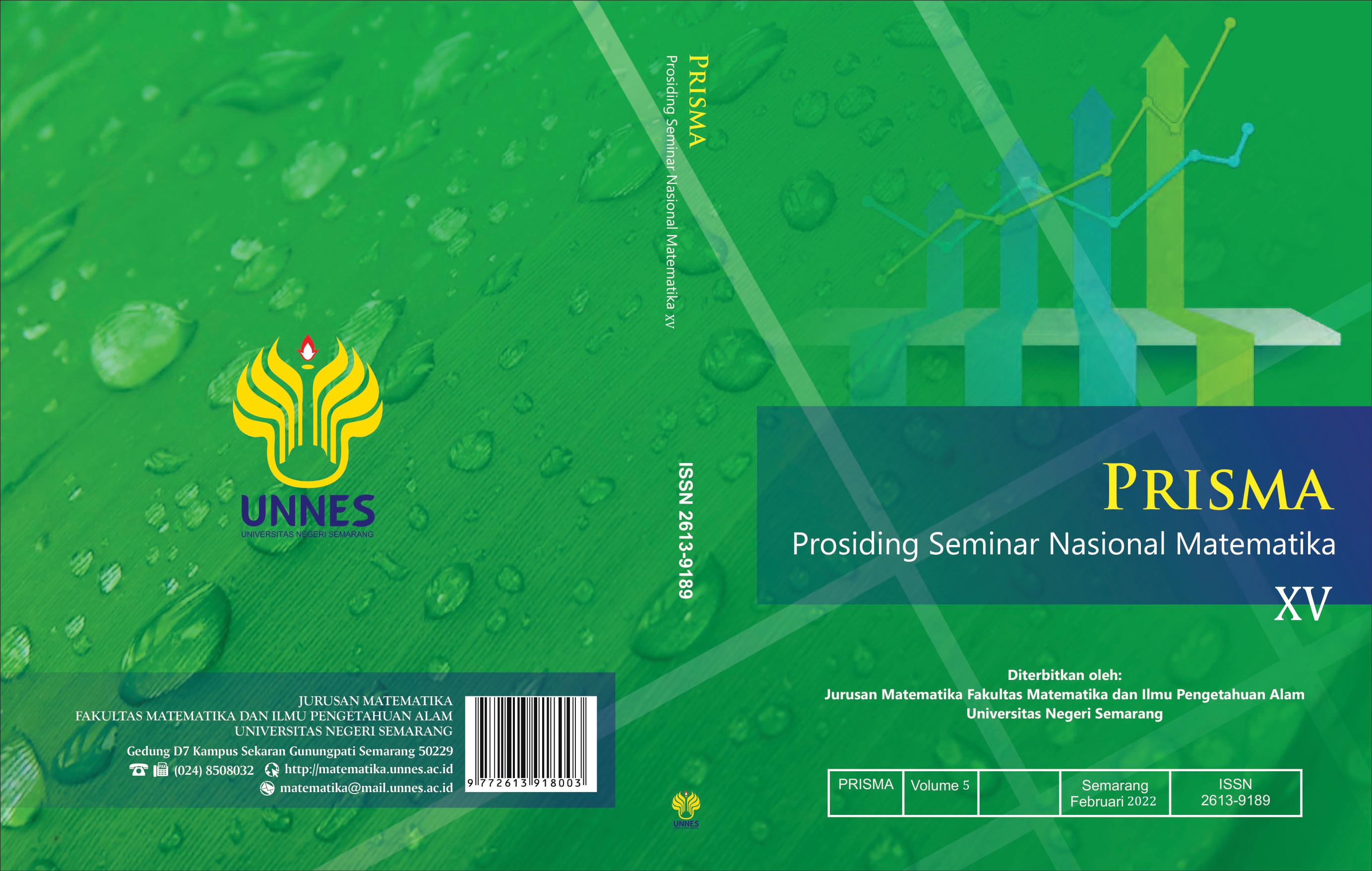Numerical results and stability of ADI method to two-dimensional advection-diffusion equations with half step of time
Main Article Content
Abstract
We are concerned with the study of stability and numerical results of discretization for alternating direct implicit (ADI) method to two-dimensional advection-diffusion equation. We first discrete two-dimensional advection-diffusion by using forward difference of time and central difference of space. Then, we have two matrices with the step size of time and , in which this technique is the idea of ADI method. The stability is established by using the Von-Neumann stability technique where the stability characteristic of ADI method is unconditionally stable.
Article Details
How to Cite
Nurwidiyanto, N., & Ghani, M. (2022). Numerical results and stability of ADI method to two-dimensional advection-diffusion equations with half step of time. PRISMA, Prosiding Seminar Nasional Matematika, 5, 773-780. Retrieved from https://journal.unnes.ac.id/sju/prisma/article/view/54576
Section
Articles
References
Cui, M. (2013). Convergence Analysis of High-Order Compact Alternating Direction Implicit Schemes for the Two-Dimensional Time Fractional Diffusion Equation. Numerical Algorithms, 62, 383-409.
Douglas, J. (1962). Alternating direction methods for three space variables, Numer. Math. 4, 41–63.
Douglas, J. (1955). On the Numerical Integration of U_xx+U_yy =U_t by Implicit Methods. Journal of the Society for Industrial and Applied Mathematics, 3, 42-65.
Douglas, J., Gunn,J.E. (1964). A general formulation of alternating direction methods: Part I. Parabolic and hyperbolic problems, Numer. Math. 6, 428–453.
Li, L.,Xu, D., and Luo, M. (2013). Alternating Direction Implicit Galerkin Finite Element Method for the Two-Dimensional Fractional Diffusion-Wave Equation. Journal of Computational Physics, 255, 471-485.
Peaceman, D. W.,Rachford, H. H. (1955). The Numerical Solution of Parabolic and Elliptic Differential Equations, Journal of the Society for Industrial and Applied Mathematics. 3, 28–41.
Douglas, J. (1962). Alternating direction methods for three space variables, Numer. Math. 4, 41–63.
Douglas, J. (1955). On the Numerical Integration of U_xx+U_yy =U_t by Implicit Methods. Journal of the Society for Industrial and Applied Mathematics, 3, 42-65.
Douglas, J., Gunn,J.E. (1964). A general formulation of alternating direction methods: Part I. Parabolic and hyperbolic problems, Numer. Math. 6, 428–453.
Li, L.,Xu, D., and Luo, M. (2013). Alternating Direction Implicit Galerkin Finite Element Method for the Two-Dimensional Fractional Diffusion-Wave Equation. Journal of Computational Physics, 255, 471-485.
Peaceman, D. W.,Rachford, H. H. (1955). The Numerical Solution of Parabolic and Elliptic Differential Equations, Journal of the Society for Industrial and Applied Mathematics. 3, 28–41.
